Tight hip flexors is a common issue with prolonged sitting and can lead to discomfort and poor posture. Here is Part 2 of the Posture Series, a series designed to help those working from home right now, or anyone who has a desk-based job! You can catch up on Part 1 here.
1. Stretch them out frequently
There is nothing better than that feeling of relief when you stretch out a tight muscle! This is a way to take the contracted muscle and stretch it/lengthen it and reduce that constant tight/achey feeling you may feel. The relief may be temporary so be sure to stretch them frequently through the day, for example whenever you eat/drink as a good reminder.

Lunge stretch: Take a wide step forwards and bend down on the back knee. Tuck the tailbone under slightly and encourage the pelvis to move forwards, placing a stretch on the back hip flexor.
2. Strengthen them
It is now well known that a tight muscle can often be linked to the muscle itself being weak, and the tightening is actually the muscle working extremely hard to do its job and make up for the weakness. For this reason be sure to add in some gentle strengthening exercises too, otherwise we run the risk of just constantly stretching and lengthening the muscles without adding any activation exercises. Over time this will lead to indirect weakness. Here is a way to progress hip flexor strengthening using Matwork/Pilates based exercises!
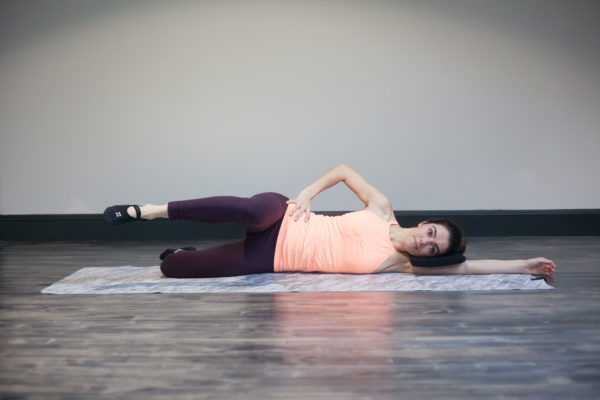
Side kick: Keep 90 degrees at hip and knee. Glide leg forwards & back.
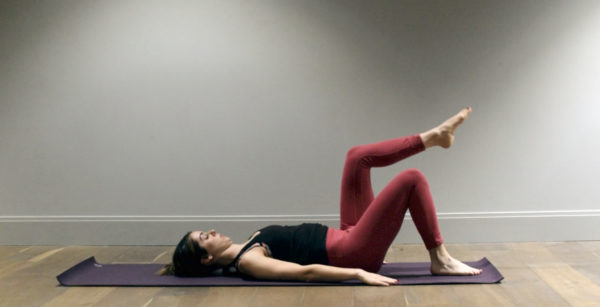
Scissors: Float one leg up to table top (90 degrees). Then lower down and repeat on the other side.
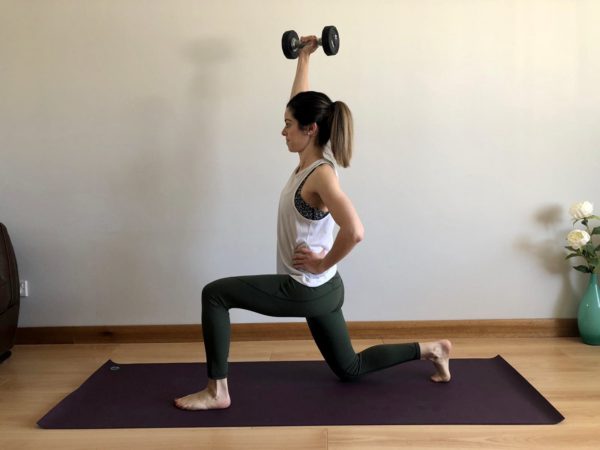
Lunges: Bend down at both hips and knees then rise back up again. Repeat x 10 on one side then switch sides. (Weight held above head optional).
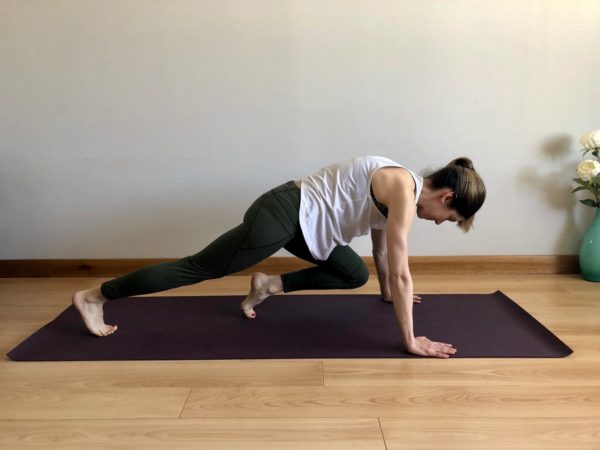
Mountain climbers: From a high plank position, bring one knee up towards your chest, then quickly switch to the other leg, alternating legs each time.
3. Change position regularly
This is an obvious one. If your hips are tight from sitting- don’t keep sitting! Easier said than done of course when you have work to do. Try to stand whenever you take a phone call, or take a walk through the house whenever you complete a small task. Sit on a different chair when you don’t need to be on your laptop etc. This may seem like a small 2 minute task, however just changing that constant position of hip flexion can be enough to alleviate the muscles and prevent the build up occurring. If you have time go a step further and take a walk at lunchtime or after your work day has finished.
4. Avoid sitting cross-legged
This may seem like a simple one, but it’s a habit for many of us as a way to be comfortable when sitting! However, sitting with your legs crossed places excess strain on the hips and over time can cause tightness and weakness. Try to sit with a pillow between your legs to prevent this as much as possible, or at the very least, switch legs over frequently.
5. Use your core & glutes to avoid over-activity
If your hip flexors are constantly tight from work, this may carry-over to during other activities too and give a chronic overload to the hip flexors. Learn to engage your core and gluteal muscles properly to ensure they are pulling their weight and doing their jobs to provide overall balance throughout the whole trunk/hip region.
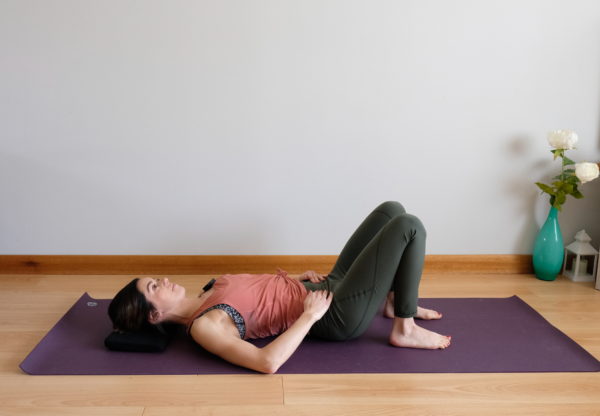
Crook lying core activation: Engage core approx. 30%, lift pelvic floor and hold for 10 seconds, then relax fully. Repeat x 10 times.

Prone glutes activation: Engage core. Lift one leg upwards, squeezing buttock to do so then lower down. Repeat alternating legs 3 x 10.
